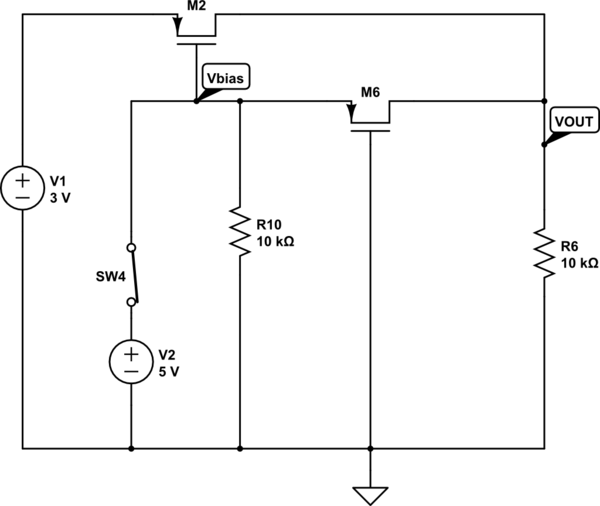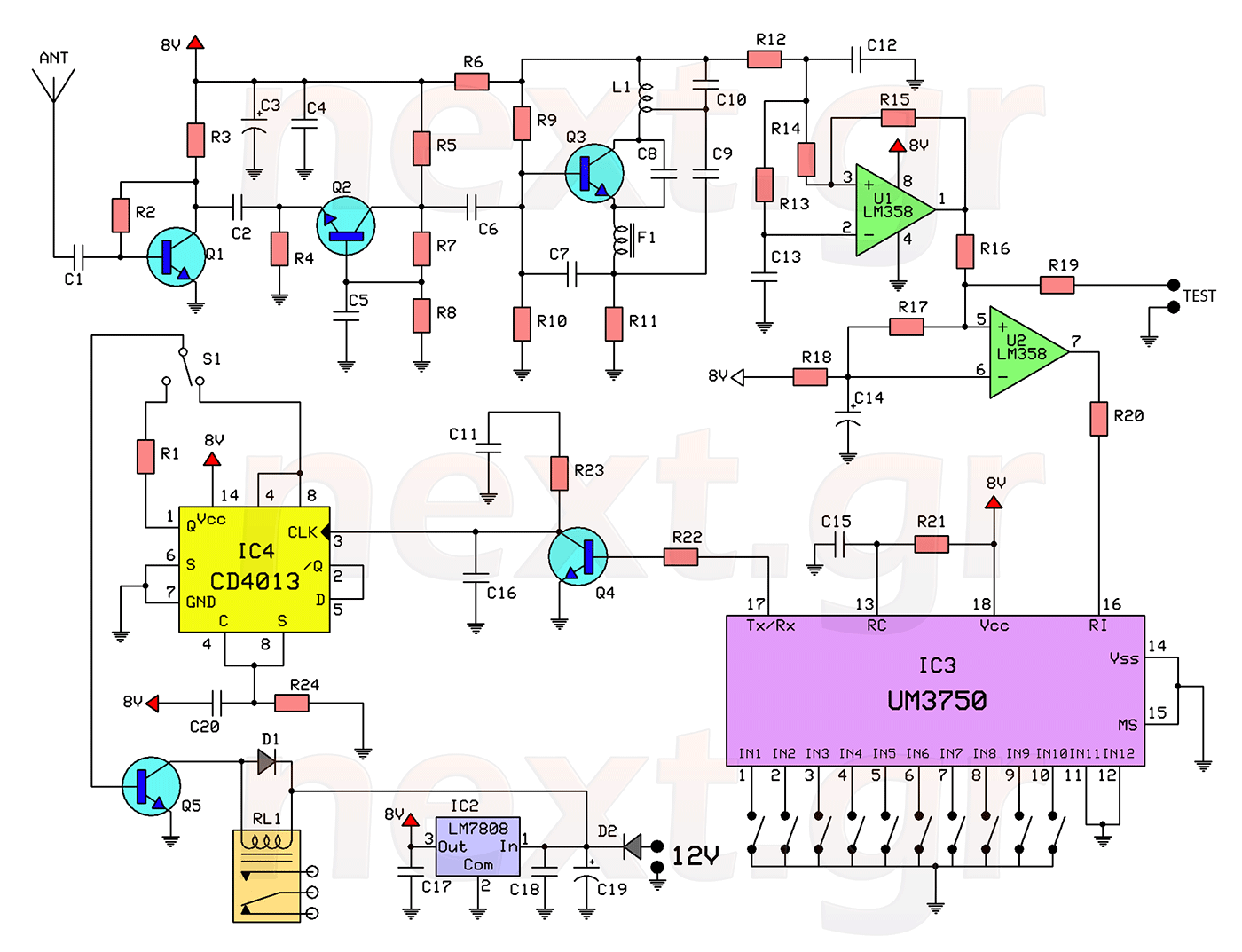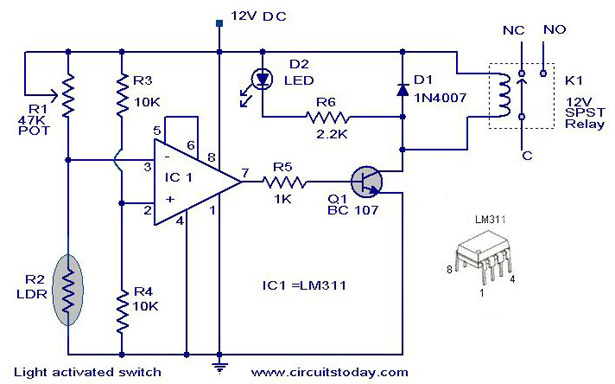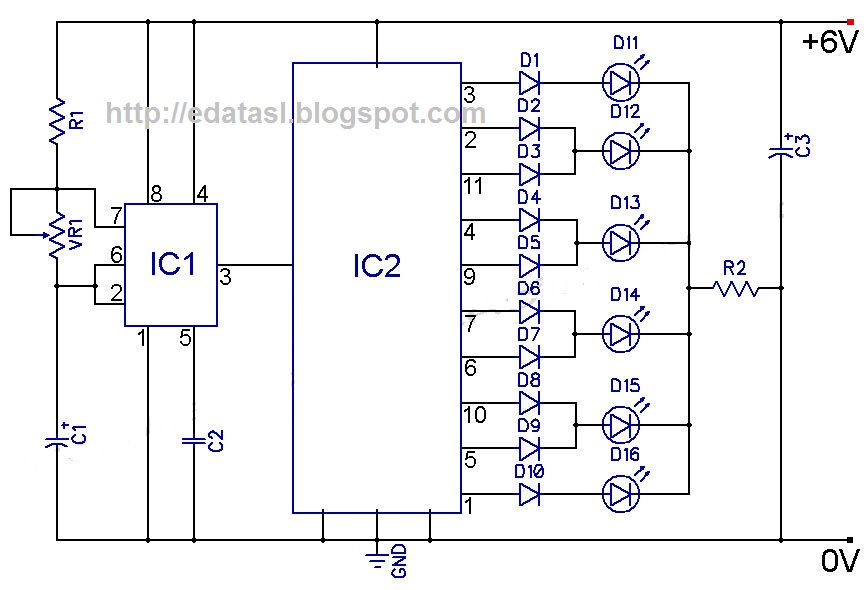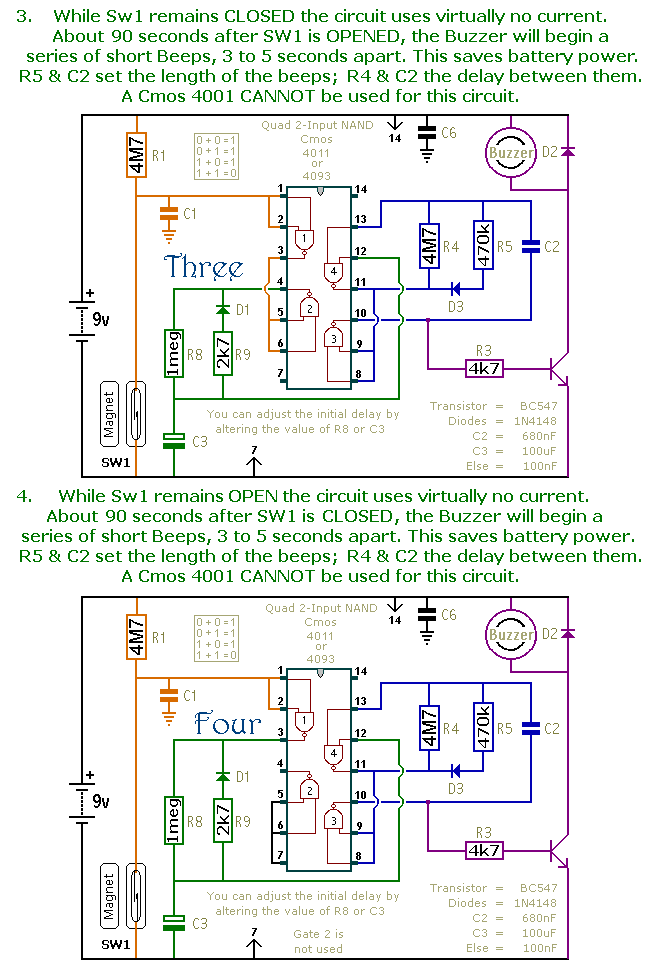
Removing pop from a CMOS switch
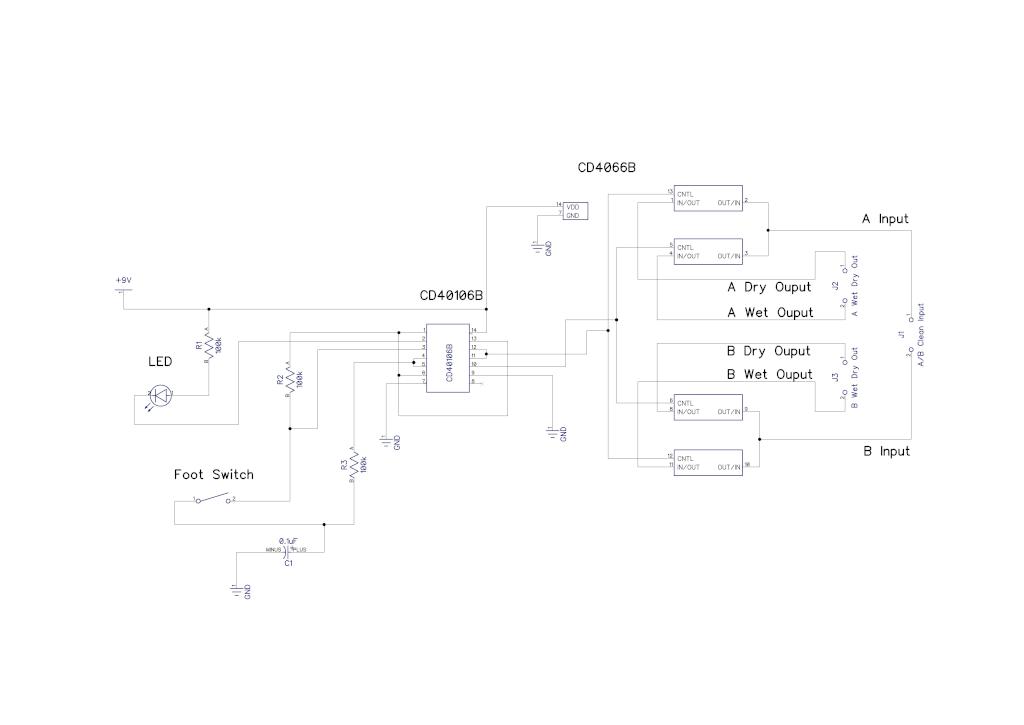
A simple audio switching circuit is experiencing issues. The circuit utilizes a CD40106 Schmitt Trigger in conjunction with a CD4066 CMOS switch to route audio signals.
The circuit design incorporates a CD40106 Schmitt Trigger, which is essential for providing clean signal transitions and noise immunity. The Schmitt Trigger can convert slow or noisy input signals into sharp, clean output signals, making it suitable for audio applications where signal integrity is crucial. The output of the CD40106 is connected to the control input of the CD4066, a quad bilateral switch. This switch allows for the routing of audio signals based on the output state of the Schmitt Trigger.
In operation, when the Schmitt Trigger detects a high logic level, it activates the corresponding switch within the CD4066, allowing audio signals to pass through to the desired output. Conversely, when the output from the Schmitt Trigger is low, the switch is turned off, effectively blocking the audio signal. This arrangement enables the selection between different audio sources or outputs, providing flexibility in audio routing.
For optimal performance, it is important to ensure that the power supply levels for both the CD40106 and CD4066 are compatible and that the input signals remain within the specified voltage levels to prevent damage and ensure reliable operation. Additionally, proper decoupling capacitors should be placed near the power pins of both ICs to minimize noise and voltage fluctuations that could affect circuit performance.
In summary, this audio switching circuit leverages the properties of the CD40106 Schmitt Trigger and the CD4066 CMOS switch to create a reliable and efficient method for routing audio signals, suitable for various applications in audio electronics.Hi again, I have a simple audio switching circuit that is giving me a problem. I am using a CD40106 Schmitt Trigger in conjunction with a CD4066 CMOS switch to route.. 🔗 External reference
The circuit design incorporates a CD40106 Schmitt Trigger, which is essential for providing clean signal transitions and noise immunity. The Schmitt Trigger can convert slow or noisy input signals into sharp, clean output signals, making it suitable for audio applications where signal integrity is crucial. The output of the CD40106 is connected to the control input of the CD4066, a quad bilateral switch. This switch allows for the routing of audio signals based on the output state of the Schmitt Trigger.
In operation, when the Schmitt Trigger detects a high logic level, it activates the corresponding switch within the CD4066, allowing audio signals to pass through to the desired output. Conversely, when the output from the Schmitt Trigger is low, the switch is turned off, effectively blocking the audio signal. This arrangement enables the selection between different audio sources or outputs, providing flexibility in audio routing.
For optimal performance, it is important to ensure that the power supply levels for both the CD40106 and CD4066 are compatible and that the input signals remain within the specified voltage levels to prevent damage and ensure reliable operation. Additionally, proper decoupling capacitors should be placed near the power pins of both ICs to minimize noise and voltage fluctuations that could affect circuit performance.
In summary, this audio switching circuit leverages the properties of the CD40106 Schmitt Trigger and the CD4066 CMOS switch to create a reliable and efficient method for routing audio signals, suitable for various applications in audio electronics.Hi again, I have a simple audio switching circuit that is giving me a problem. I am using a CD40106 Schmitt Trigger in conjunction with a CD4066 CMOS switch to route.. 🔗 External reference
